The best developers don’t just build for today—they design for the future. Sustainability is no longer a nice-to-have feature but a core strategy that improves building efficiency, lowers costs, and ensures long-term compliance with regulations.
While many assume sustainable building is simply about using recycled materials or installing solar panels, industry leaders take a much more strategic approach. They work with ESD consultants and sustainable building consultants to create cost-effective, environmentally responsible, and future-proof designs.
So, what do top developers know about sustainable building that you don’t? Here are the key strategies they use to stay ahead of the curve.
They Integrate Sustainability from Day One
Top developers don’t wait until construction starts to think about sustainability. Instead, they incorporate green design principles from the earliest planning stages, ensuring that sustainability is seamlessly integrated rather than added as an afterthought.
Working with an ESD consultant early allows developers to optimise site selection, building orientation, and material choices before construction begins. This ensures that every aspect of the project is energy-efficient, cost-effective, and environmentally responsible.
Developers who delay sustainability decisions end up spending more on retrofits and modifications, while those who plan to save money and resources in the long run.
They Leverage Passive Design for Maximum Efficiency
The smartest developers don’t rely solely on technology to make buildings sustainable. Instead, they design structures that naturally reduce energy consumption, making them efficient before adding high-tech solutions.
Passive design strategies include maximising natural daylight, improving ventilation, using high-performance insulation, and positioning buildings for optimal solar gain. These elements drastically reduce heating, cooling, and lighting costs, making the building cheaper to operate for decades.
An ESD consultancy ensures that passive design elements are fully optimised, allowing developers to minimise operational costs and environmental impact without unnecessary complexity.
They Select Materials Based on Lifecycle Value
Choosing eco-friendly materials isn’t just about picking “green” products. Experienced developers know that material selection must consider durability, maintenance, and long-term environmental impact.
Instead of choosing materials based only on their upfront cost or sustainability claims, they work with building sustainability consultants to evaluate the entire lifecycle of materials, ensuring they:
- Last longer, reducing replacement and maintenance costs
- Have low carbon emissions during production and transportation
- Are sourced ethically and responsibly
This approach ensures that buildings remain cost-effective and sustainable for decades, rather than needing expensive upgrades later.
They Use Smart Water Management Systems
Many developers overlook water efficiency, assuming that sustainability is only about energy use. But top developers prioritise water conservation, knowing that water shortages, rising costs, and stricter regulations are making efficient water use essential.
They integrate rainwater harvesting, greywater recycling, and low-flow fixtures to reduce water consumption and operational costs. By using smart irrigation systems and water-monitoring technology, they ensure zero water waste.
A sustainable building consultant helps identify cost-effective solutions that prevent long-term inefficiencies, making water management an essential part of the sustainability strategy.
They Future-Proof Buildings Against Regulation Changes
Governments worldwide are tightening green building regulations and developers who fail to plan end up facing expensive penalties, compliance issues, and costly retrofits.
Top developers stay ahead of legislation by working with ESD consultants to ensure their projects not only meet current standards but also anticipate future sustainability requirements.
This proactive approach helps them qualify for incentives, avoid legal complications, and maintain their competitive edge, while others scramble to make last-minute adjustments.
Final Thoughts
Sustainable building isn’t just about following trends—it’s about strategic planning, cost savings, and long-term efficiency. The best developers don’t just add green features; they integrate sustainability at every stage of the project to maximise financial and environmental benefits.
From leveraging passive design and smart water systems to choosing materials wisely and planning for future regulations, top developers make sustainability a core part of their success strategy.
Want to build smarter, more efficient, and future-proof properties? Contact Afogreen Build today for expert ESD consulting and tailored solutions to help you stay ahead in sustainable construction.

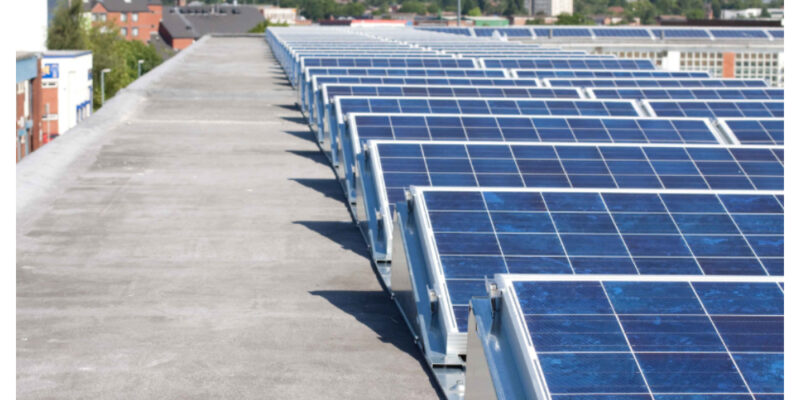
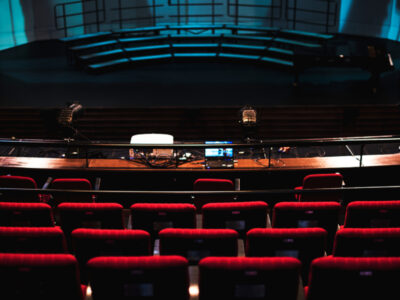
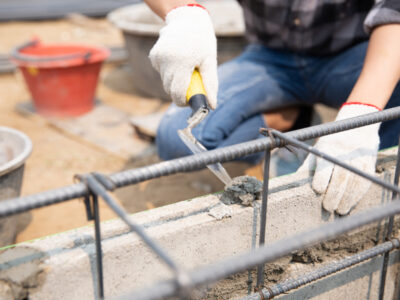

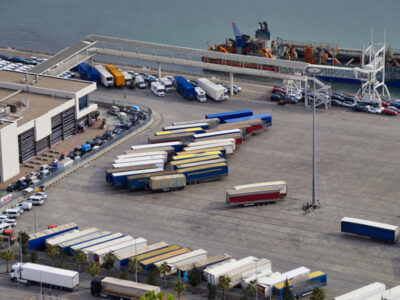
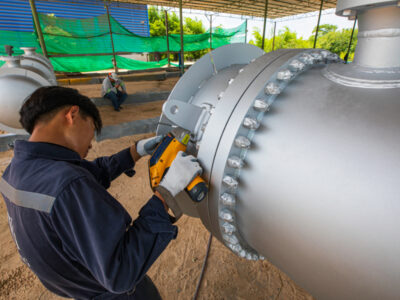
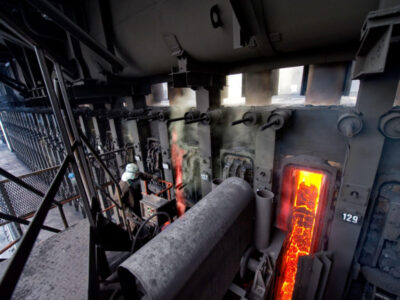
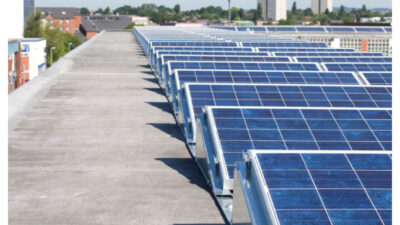
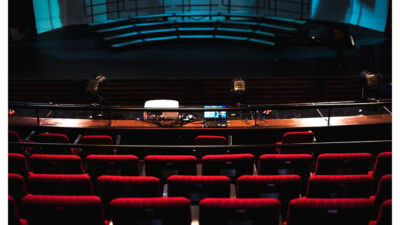
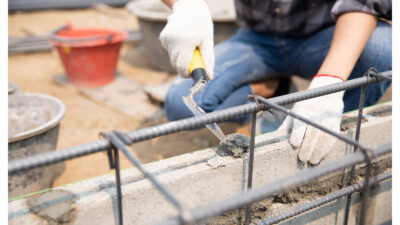
Comments